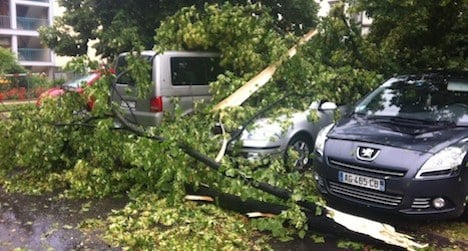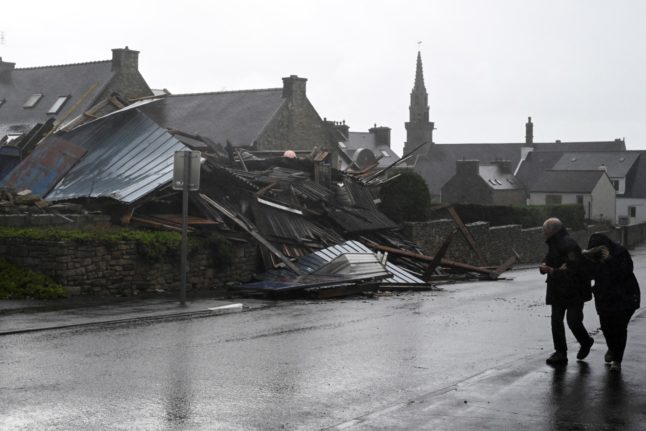"Traditional approaches, which are solely based on analysing historical data, increasingly fail to estimate today's hazard probabilities," the think tank for strategically important insurance and risk management issues, warned in a report.
"A paradigm shift from historic to predictive risk assessment methods is necessary," it stressed, adding that the insurance industry needed to support scientific research to gain a better understanding of when and where weather-related disasters will hit.
According to a UN report last month, natural disasters have cost the world $2.5 trillion so far this century, which is far higher than previously estimated.
The Geneva Association's chief, John Fitzpatrick, pointed out Monday that the warming of the world's oceans and rising sea levels were especially a key driver of extreme weather events.
"Ocean warming has effectively caused a shift towards a 'new normal' for a number of insurance-relevant hazards," he said in a statement.
"The shift is quasi irreversible — even if greenhouse gas emissions completely stop tomorrow, oceanic temperatures will continue to rise."
In the 38-page report, titled "Warming of the Oceans and implications for the (re)insurance industry," the Geneva Association says insurers need to not only look at historical data but to also understand "changes of ocean dynamics and the complex interaction between the ocean and the atmosphere."
This, it said, was "key to understanding current changes in the distribution, frequency and intensity of global extreme events relevant to the insurance industry, such as tropical cyclones, flash floods or extra-tropical winter storms."
The study, headed by Falk Niehorster of the Risk Prediction Initiative of the Bermuda Institute of Ocean Science, acknowledged that the main driver of rising insurance costs was linked to socio-economic factors, like a growing number homes for the wealthy built in coastal areas and flood plains.
However, it said, the lack of historical data to predict future catastrophes, as well as competing theories among scientists on when and where they will strike was also making it difficult for insurers to accurately price the risks.
The best way to ensure that "ambiguous risks" remain insurable, the study said, was for the insurance industry to help promote risk mitigation today.
It should also "play an active role in raising awareness of risk and climate change through risk education and disseminating high-quality risk information," the study concluded.



 Please whitelist us to continue reading.
Please whitelist us to continue reading.
Member comments